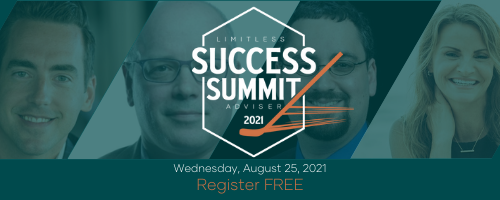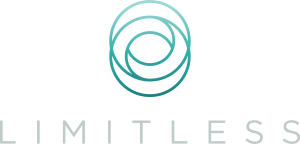The world was very different when financial planning was born than it is today. When the first class of CFP participants graduated in 1973, client’s life roadmap was clear: they went to college or learned a trade, bought a house, had 2.4 kids, and worked for a company that did the saving for them in a defined benefit plan, and then retired on a pension at age 65.
Today, some people retire at 40 while others work willingly at 75. More and more people semi-retire and pursue things they’ve always wanted to do. People change jobs in frequency measured in years, rather than decades. And the way that families look and function has shifted just as dramatically over the decades.
Over these same years, the role of advice professionals has also changed. You can see the old, outdated professional model of advice by watching a TV show popular when the College for Financial Planning was in its early years, featuring a kindly doctor named Marcus Welby, MD. Welby’s model was patriarchal. He evaluated, diagnosed and prescribed, and his patients more or less blindly follow his advice. In that time, the doctor’s role was to dictate the prescribed path, and the patient’s job was to ‘follow doctor’s orders.’
This professional-as-patriarch model for includes no discussion or dialogue about the advice, no choices offered, no input from the patients.
A few years ago, my mother was diagnosed with cancer, which ultimately took her life. Our experience with her doctor was very different from the patriarch model of advice. After my mother’s initial diagnosis, the doctor laid out the treatment options available to her and to us as a family. We had the opportunity to discuss the pros and cons of each of those options. Instead of telling us what to do, the doctor asked us to take some time to evaluate the options he shared and let him know what treatment plan we would be most comfortable with.
My point here is that all professional relationships are evolving in a very clear direction. Consumers no longer want an expert proxy making decisions for them. They want a problem solving partner who can guide them.
This new, more modern model espouses a professional-as-partner model for advice, or what I call being The Trusted Advisor.
Having designed the advice models used by hundreds of firms and enterprises serving thousands of advisors, I have witnessed this shift first-hand while working to advance it.
- The shift doesn’t start with your tactics; it starts with your thinking.
- We shift the advisor-client mindset from directing to delegating. Directing is telling another person what to do, while delegating assigns authority to someone to carry out activities (in this case the decision-making).
- While building out the advice model platform for United Capital (now Goldman Sachs Personal Wealth Management) I learned from our research that consumer involvement resulted in greater personal investment in the decisions. A client is far less likely to blame you for choosing an investment or decision if they partnered with you in choosing it.
The thinking that needs to shift to make this leap is knowing that your value isn’t derived from being all-knowing, but by being all-trusted. As a trusted advisor, your role is to help people get clear on what they want, stay focused on what they need to do and act as a lifelong guide and problem solving partner along the way.
One of my favorite ways to do this is with interactive presentations. Rather than presenting plan projections, you open up the software and go through key inputs together and watch as the retirement cash flow projections change.
“Robert, Elizabeth, let’s take a few minutes to talk through the assumptions in your plan and then we can see where things work, and where we might need to make changes about how to align your money with your goal of retiring at age 62.”
In the patriarch model the advisor might say, “The plan projects that in order to retire at 62 you will need to invest your portfolio as follows and achieve a 7% annual rate of return, projecting monthly cash flow of $8,200 per month in retirement.”
This is a very different conversation than, “Based on these inputs, it looks like we would need to push out retirement another three years. Can you save more? Spend less? What would the long-term portfolio look like if you didn’t buy that RV this summer? Let’s find the plan that feels most comfortable to you.”
Then you change the assumptions with the client. “OK, if we invest the money planned for the RV, the compounding interest increases monthly cash flow to $9,400 month.” Here is where you might jump online and Google the cost of renting an RV, turn to the client and say, “What if we rented for 5 years before purchasing? Let’s see what that would do to your outcome…”
In this interactive meeting model, you are directing the discussion, not the decisions.
There are no more Marcus Welbys on TV these days, because our culture has moved beyond obedience to professionals to collaborating with them. Client’s don’t want you to tell them what to do, they simply want a trusted advisor to turn to when the time comes.






